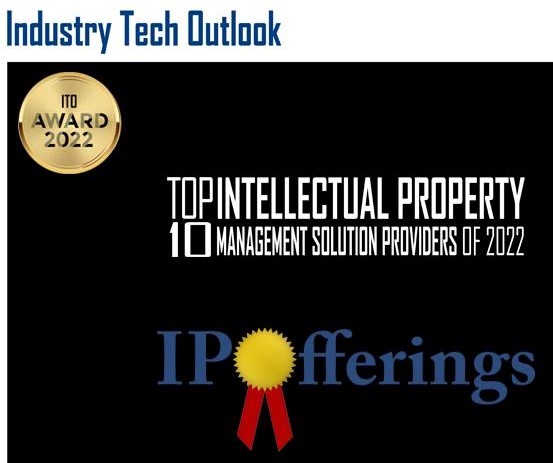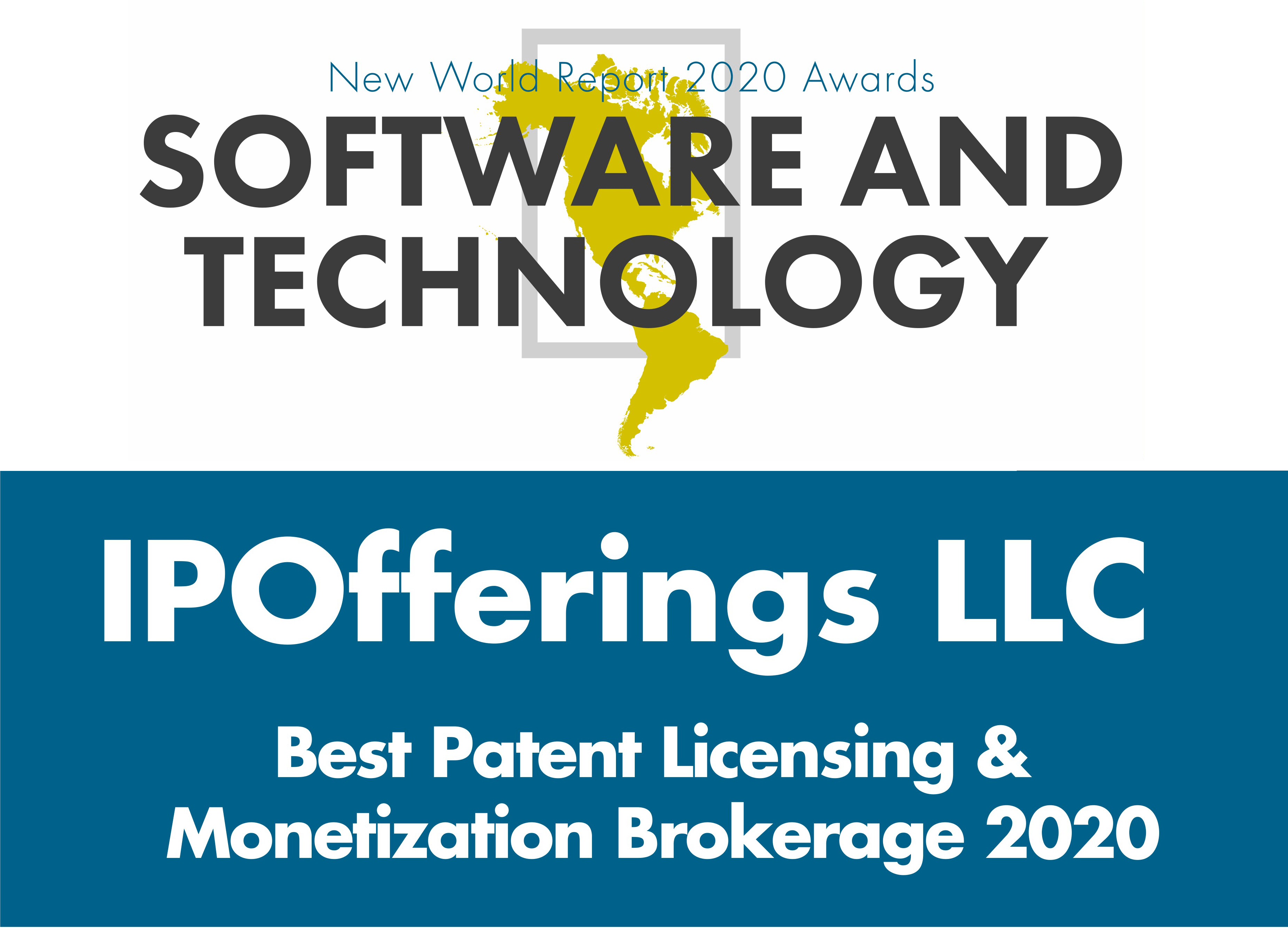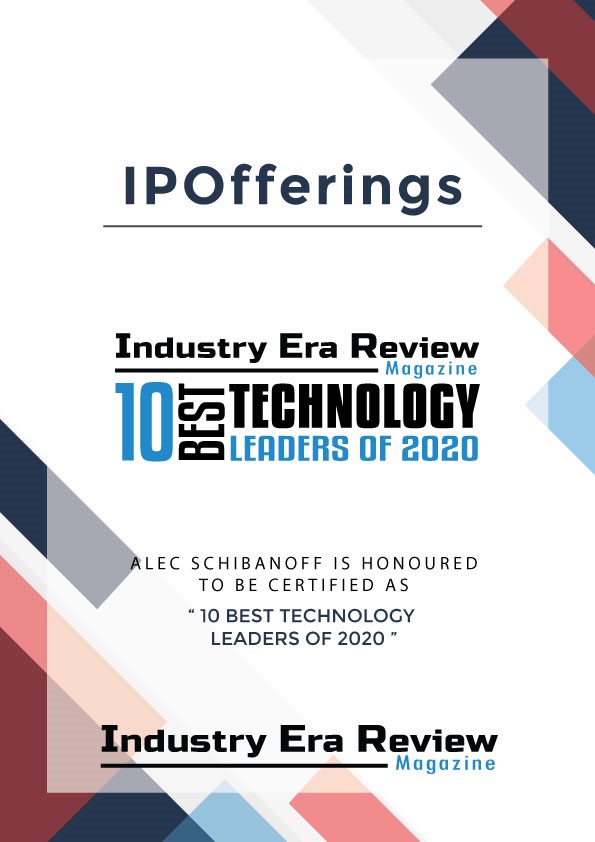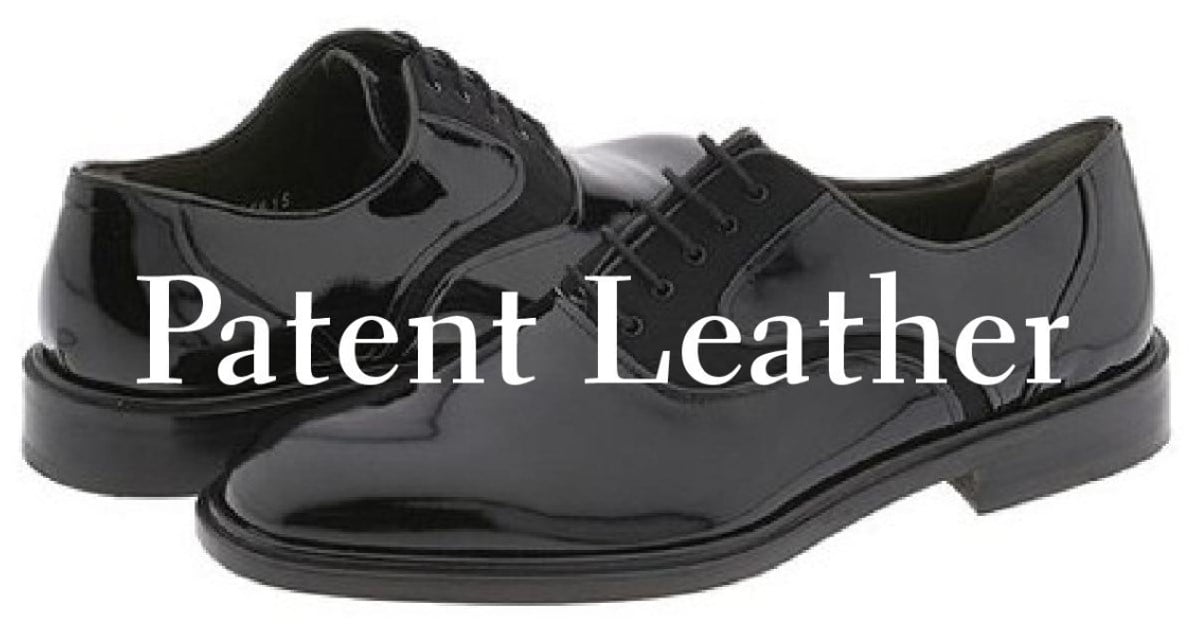
Remedies-at-Law for Patent Infringement – Part One
Posted: 9/13/2021
We’ve worked with many inventors and businesses over the years who were horrified to discover that their patents had been infringed. Ironically, though, for many of them, it turned out to be a fortuitous and profitable event!
The bad news is that there are no “Patent Police” that you can call when your patent is infringed who will find and arrest the infringers. Patent infringement is a civil matter, so the patent owner (the “assignee” in patent lingo) has to pursue the infringers through civil litigation.
We are often asked by the owner of an infringed patent what he or she or it can expect in compensation for infringement of the patent, and the answer depends on the status of the assignee – NPE (non-practicing entity) or market participant – as the remedies are quite different.
♦ NPE: A non-practicing entity is a patent owner that does not practice the patent – that is, does not make or sell a product based on the infringed patent. This most often includes independent inventors and universities. The NPE who can document and prove infringement is entitled under current U.S. patent law to “reasonable royalties” – what the infringer would have likely paid in royalties had the infringer licensed the patent in the first place instead of infringing it. It seems unfair that Company A blatantly infringes a patent, and the only penalty is that it has to pay the royalty it would have otherwise paid had it simply licensed the patent in the first place, but that’s the law.
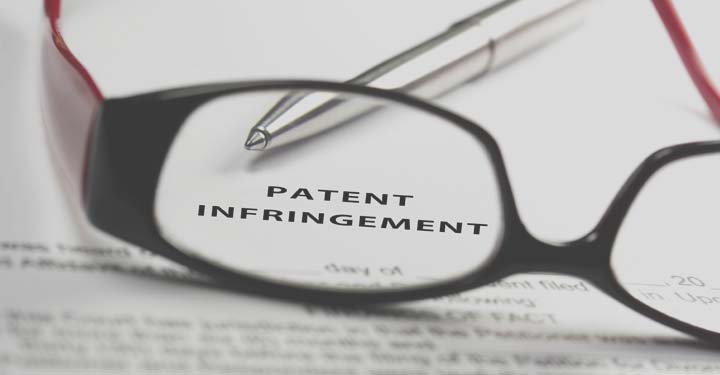 The most common chain of events is that the assignee engages a patent litigation law firm or partners with a patent assertion firm, and files a patent infringement lawsuit against the infringer. There are hearings and motions are filed, and there is “discovery” (an exchange of evidence and documents between the plaintiff and the defendant). The patent assignee – the party filing the complaint – is the plaintiff, and the party who is being sued is the defendant.
The most common chain of events is that the assignee engages a patent litigation law firm or partners with a patent assertion firm, and files a patent infringement lawsuit against the infringer. There are hearings and motions are filed, and there is “discovery” (an exchange of evidence and documents between the plaintiff and the defendant). The patent assignee – the party filing the complaint – is the plaintiff, and the party who is being sued is the defendant.
Both sides are entitled to question the other side’s witnesses in what is known as a “deposition.” At some point – before the actual trial begins – the two sides usually sit down and work out a settlement. Very few patent infringement lawsuits go to trial – the vast majority are settled out-of-court because it is simply too risky to roll the dice and take your chances with a jury. The question every plaintiff asks is “Do I want my fate determined by 12 people, none of whom is smart enough to get out of jury duty?”
In the famous Apple vs. Samsung smartphone patent infringement lawsuit back in 2012, Steve Jobs wanted to go to trial to position Apple as the innovator and Samsung as the intellectual property thief. Jobs’ gamble paid off, and Apple won, but it was a bold move on Apple’s part!
When the assignee and the infringer reach an out-of-court settlement, it often has two parts. First, there is usually a lump sum payment that covers past infringement from when the infringing product first went to market to the present. If the infringer is still selling the infringing product, there is a second part of the settlement in which the infringer takes a license for the patent and pays royalties on sales of the infringing patent going forward for the remaining life of the patent. This is sometimes paid out in quarterly royalty payments, but to close the books on the whole affair, infringers will often agree to a second lump sum settlement that approximates what the royalties would likely be for the life of the patent.
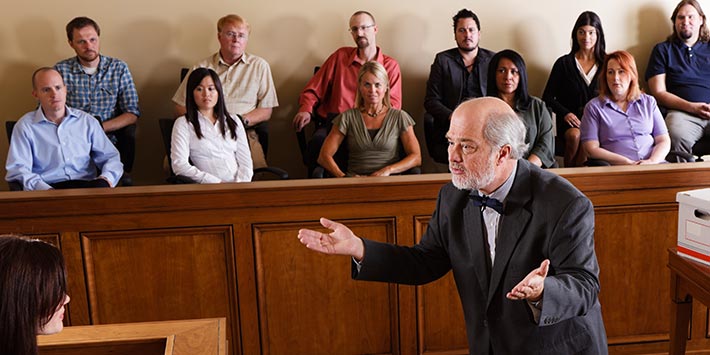 If the two sides cannot reach an agreement, and they do go trail, either side could win or lose. And the whole affair could drag on for years with appeals and other legal maneuvers.
If the two sides cannot reach an agreement, and they do go trail, either side could win or lose. And the whole affair could drag on for years with appeals and other legal maneuvers.
There is often more than one infringer. If Company A’s products are infringing a patent, Company A’s direct competitors' products are also likely infringing the same patent, so there is Company B and Company C that also have to be sued. From that point forward, the process is pretty much the same with each infringer. However, once two or three infringers agree to out-of-court settlements, the remaining infringers will sometimes just settle up with the plaintiff and save a few hundred thousand in legal fees.
There is one other wrinkle to all of this. If the plaintiff can prove that the infringement was “willful” (the infringer knew about the patent and infringed it anyway), the infringed party is entitled to treble (or “triple”) damages. In many cases, a company comes up with a new idea for a product and goes to market with that product unaware that there is a patent that covers the technology behind the new product. That is unintentional infringement, and the infringer only owes reasonable royalties while the willful infringer owes reasonable royalties times three.
And finally, the plaintiff – in the vast majority of cases – is out the legal fees it took to file and pursue the patent infringement litigation. There are limited “special circumstances” under which the judge in the case will require the defendant to reimburse the plaintiff’s legal fees – or require the plaintiff to reimburse the defendant’s legal fees – but that is a rare outcome.
♦ Market Participant: The rules are very different for the company that owns a patent, produces or sells a product based on that patent, and the patent is infringed. And we will cover that in the next Patent Leather.
Remedies-at-Law for Patent Infringement – Part Two
Posted: 10/4/2021
Last month this column addressed the remedies available to patentees whose patents were infringed. Since the available remedies differ by the status of the patent holder, we first addressed the remedies available to an NPE (a Non-Practicing Entity). An NPE is a patent holder that does NOT practice the patent – that is, does not manufacture or sell a product based on the patent. This most often includes independent inventors and universities.
The only remedy available to the infringed patent holder is to sue the infringer in U.S. District Court. If the court finds that infringement did occur, the patentee is entitled to “reasonable royalties” – what the infringer would have likely paid in royalties had the infringer simply licensed the patent in the first place. As we pointed out, it does not seem fair that the only consequence of patent infringement is that the infringer ends up paying what it would have paid in the first place had it licensed the patent, but that is the law.
 However, if the patentee can prove willful infringement – prove that the infringer knew about the patent, but went ahead and infringed it anyway (a tough case to make, but it can be made) – the infringer is now liable for treble (or triple) damages, considerably more than the infringer would have paid had it simply licensed the patent in the first place.
However, if the patentee can prove willful infringement – prove that the infringer knew about the patent, but went ahead and infringed it anyway (a tough case to make, but it can be made) – the infringer is now liable for treble (or triple) damages, considerably more than the infringer would have paid had it simply licensed the patent in the first place.
In this installment, we address the remedies available to a Market Participant or Practicing Entity. A Market Participant or Practicing Entity is most likely a business that owns and practices a patent. The enterprise manufacturers or sells a product based on the patent, and a competitor is infringing that patent. To clarify an issue about which we are often asked, a Market Participant does NOT have to manufacturer a product to be a Market Participant. It only needs to sell a product based on the patent. Many U.S. companies have their products manufactured overseas – so the company does no manufacturing itself – and it sells those products in the U.S. A company that has a patent-protected product contract manufactured, and only sells it, is most definitely a Market Participant and entitled to all of the remedies available to a Market Participant.
For the Market Participant, there are three remedies.
♦ Reasonable Royalties: Just like the Non-Practicing Entity, the Practicing Entity – if it can prove infringement – is entitled to what the infringer would have likely paid in royalties had it licensed the patent in the first place. And if the Market Participant can prove willful infringement, it is also entitled to treble damages. Both the NPE and the Market Participant are entitled to reasonable royalties from the infringer, and treble damages if they can prove the infringement was intentional.
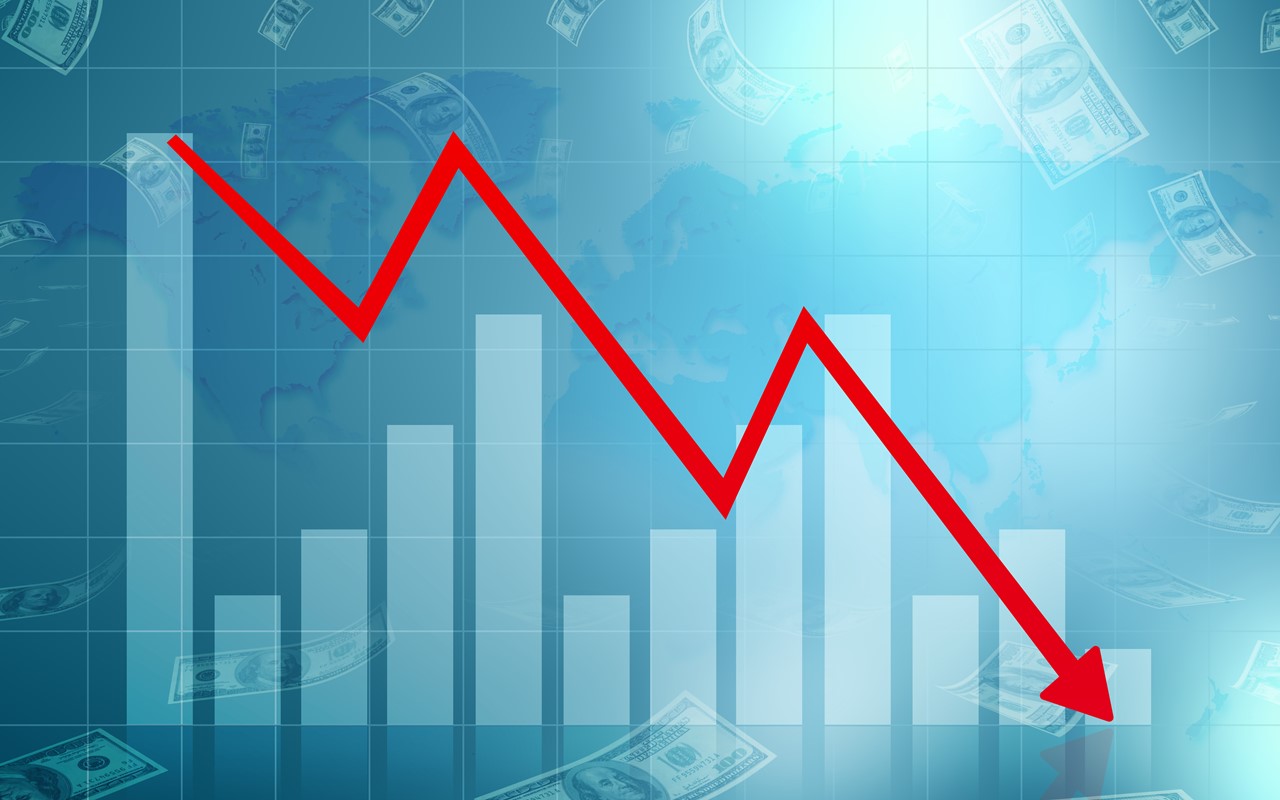 ♦ Lost Profits: Since the infringed party is selling a product based on its patent, there are profits generated from the patent via the sales of the products based on that patent. When a competitor sells an infringing product, it is essentially stealing sales from the patent owner since had the infringing products not been available, the buyers of those products would have had to buy product from the patent owner. And so, a second remedy available to the Market Participant is the profits it lost on sales that went to the infringing party. By determining what the sales and profits were for the infringer on the infringed products it sold, what those lost profits are can be determined.
♦ Lost Profits: Since the infringed party is selling a product based on its patent, there are profits generated from the patent via the sales of the products based on that patent. When a competitor sells an infringing product, it is essentially stealing sales from the patent owner since had the infringing products not been available, the buyers of those products would have had to buy product from the patent owner. And so, a second remedy available to the Market Participant is the profits it lost on sales that went to the infringing party. By determining what the sales and profits were for the infringer on the infringed products it sold, what those lost profits are can be determined.
♦ Injunctive Relief: The third remedy is not remunerative, but it can be very potent. The court may issue an injunction ordering the infringer to cease sales of the infringing product in the U.S. For an infringer that has a few warehouses full of product that it cannot now sell, and factories set up to produce a product that it cannot sell, an injunction can be devastating! When a Market Participant can secure an injunction from the court ordering the infringer to cease sales, that infringer comes begging to the patent owner to take a license for its patent!
 In the famous Apple vs. Samsung patent infringement lawsuit back in 2012, the jury decided in Apple’s favor that Samsung was infringing several Apple patents and Apple was entitled to damages. Apple petitioned the U.S. District Court for the Northern District of California to issue an injunction prohibiting Samsung from importing infringing Galaxy smart phone into the U.S. The judge denied Apple’s request. Apple appealed the ruling, and three years later – that's how long an appeal can take – the Appellate Court ruled that the judge should have issued the injunction. By then, however, it was too late to benefit Apple since Samsung had substantially changed the design of its phones.
In the famous Apple vs. Samsung patent infringement lawsuit back in 2012, the jury decided in Apple’s favor that Samsung was infringing several Apple patents and Apple was entitled to damages. Apple petitioned the U.S. District Court for the Northern District of California to issue an injunction prohibiting Samsung from importing infringing Galaxy smart phone into the U.S. The judge denied Apple’s request. Apple appealed the ruling, and three years later – that's how long an appeal can take – the Appellate Court ruled that the judge should have issued the injunction. By then, however, it was too late to benefit Apple since Samsung had substantially changed the design of its phones.
Had the judge properly granted Apple the injunction, and Samsung could NOT sell its smart phones in the U.S., Samsung would have been forced to seek a license from Apple for the infringed patents. Apple could have refused to license its patents – that is most likely what Steve Jobs would have decided – and Samsung would be out tens or million or hundreds of millions in sales revenue. Ouch!
Next Issue: Proving Infringement
Remedies-at-Law for Patent Infringement – Part Three
Posted: 10/26/2021
Two columns ago, we addressed the remedies available to patentees whose patents were infringed. Since the available remedies differ by the status of the patent holder, we first addressed the remedies available to an NPE (a Non-Practicing Entity). An NPE is a patent holder that does NOT practice the patent – that is, does not manufacture or sell a product based on the patent. NPEs are most often includes independent inventors and universities.
In our last column, we covered the remedies-at-law that are available to Practicing Entities (or “Market Participants” as they are also known). These are businesses that manufacture – or have manufactured – and sell a product or services based on a patent owned by that business.
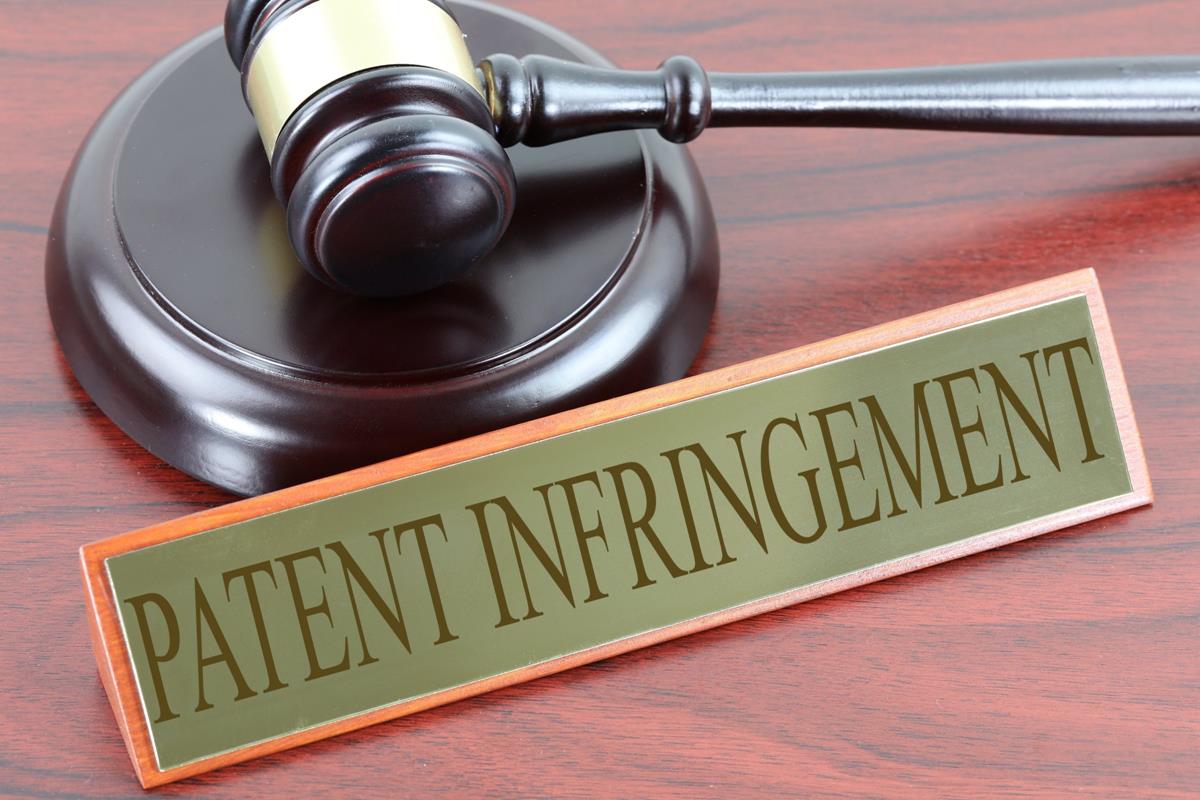 In today’s installment, we address what infringement is and, most important, how you prove it. U.S. Patent law (35 U.S. Code § 271) states that “…whoever without authority makes, uses, offers to sell, or sells any patented invention, within the United States or imports into the United States any patented invention during the term of the patent therefor, infringes the patent.” Ah, were it that simple.
In today’s installment, we address what infringement is and, most important, how you prove it. U.S. Patent law (35 U.S. Code § 271) states that “…whoever without authority makes, uses, offers to sell, or sells any patented invention, within the United States or imports into the United States any patented invention during the term of the patent therefor, infringes the patent.” Ah, were it that simple.
In order for a patent to be infringed, the product or service must “read” on every aspect of at least one independent claim in the patent. That essentially means that if you were to describe the features of a product it would be as if you were reading from an independent claim in the patent. To infringe, a product cannot be close to what is covered in the patent. It has to be exactly what is covered in the patent!
Let’s say you have a patent for a toaster over, and Claim 1 of your patent states that the toaster oven has a timer that is set by the user, it turns the toaster oven off in a specific number of minutes, and it beeps to alert the user that the food is ready. A toaster oven with just a timer does not infringe that patent. Only a toaster oven with BOTH the timer AND the beeper infringes the patent. If the toaster oven has additional features not covered in the patent, that is okay. But to infringe a patent, a product or service must include every aspect of one independent claim.
We were recently approached by a patent holder. A company was making a product that exactly duplicated what was described in the inventor’s patent except that it did not have a port for uploading data. And without that port – that was a key element in Claim 1 – the product was not infringing the patent, despite the fact that it read on every other aspect of Claim 1 from the patent!
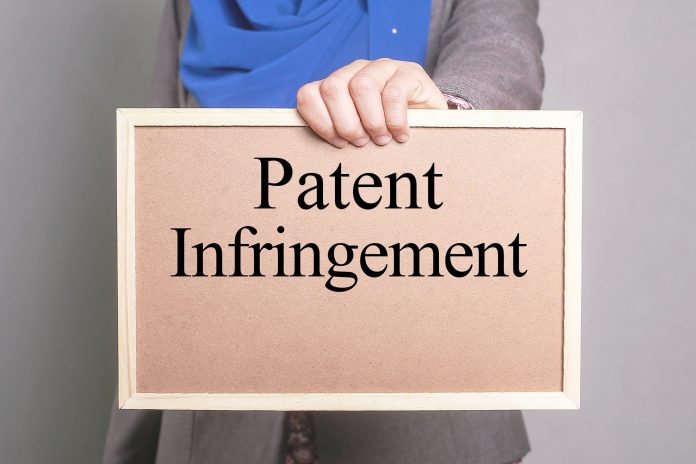 Had the patent been written without the data port in Claim 1, and had the data port been included in a dependent claim, that inventor would have had a valid claim of infringement. But that was not how the patent was written and not how the patent was granted, so only a device that includes all the elements in Claim 1 – including the data port – would infringe the patent.
Had the patent been written without the data port in Claim 1, and had the data port been included in a dependent claim, that inventor would have had a valid claim of infringement. But that was not how the patent was written and not how the patent was granted, so only a device that includes all the elements in Claim 1 – including the data port – would infringe the patent.
The next step is to document infringement, and that is done with what is called a Claim Chart. It is a document that lists each element in an independent claim from a patent in the left column, and in the right column it documents the infringement of each element in the claim using either pictures of the infringing product or descriptive copy about the infringing product. The infringement evidence must be documented, and that is usually done with a link to the website page from which the images and/or text was taken.
An inventor cannot prepare his or her own Claim Charts. We receive Claim Charts on a regular basis submitted by an inventor, but no one will take them seriously. To be authentic and acceptable, a Claim Chart must be created by a knowledgeable third party. And – unless you are the inventor who believes his patent has been infringed – anyone can understand why.
If you go to the Patent Infringement Services page at our website, you will see the first page of a Claim Chart from the Cellular Communication Equipment v. Apple patent infringement lawsuit from 2016.
Next Time: You have documented infringement of your patent. Now what?
Remedies-at-Law for Patent Infringement – Part Four
Posted: 11/15/2021
The last three columns in this space covered three aspects of patent infringement. We first addressed the remedies available to an NPE (non-practicing entity) whose patent is infringed. An NPE is a patent owner who does not practice his or her or its patent – primarily independent inventors and universities.
The second installment addressed remedies for Practicing Entities (or “Market Participants” as they are also known). These are businesses that own a patent, and manufacture and/or sell a product or service based on that patent.
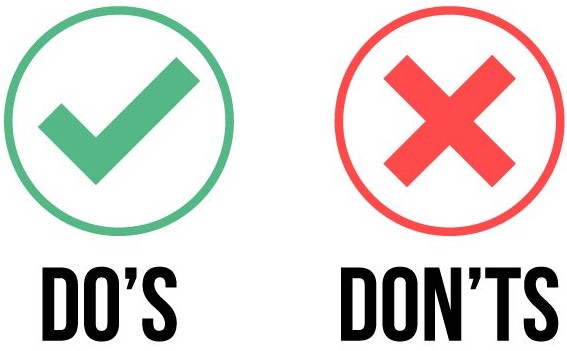 The third installment in the series addressed what infringement is and, even more importantly, how you document that infringement. If you missed any of these missives, they are all available below.
The third installment in the series addressed what infringement is and, even more importantly, how you document that infringement. If you missed any of these missives, they are all available below.
This fourth article in the series addresses your options once you have identified and documented what companies and what products or services from those companies are infringing your patent. Let’s start with the one and only Don’t on the Do’s and Don’ts List of Patent Assertion: Do NOT contact the infringer yourself! Many patentees think that a letter to the infringer will bring a quick settlement and a license for the patent. Contacting an executive at the company that you believe is infringing your patent can only have negative effects. It could, in fact, result in the infringer filing a Summary Judgement lawsuit against you, so you end up as the defendant and have to hire an attorney to represent you. Just as you would not attempt to fill your own cavity, do NOT attempt to enforce your patent yourself!
You need to know that patent litigation is VERY expensive. It can cost from $200,000 to $500,000 or more to try a patent infringement lawsuit when you add up all the costs – not just direct legal fees, but filing fees, depositions, expert witnesses, exhibits, damages consultants, travel expenses, and other items.
If you represent a business or you are a high net worth individual, and you can afford to invest that kind of money to enforce your patent rights, you do not need to read the rest of this article. If you need a referral to a patent litigation law firm, and there are several that IPOfferings can recommend.
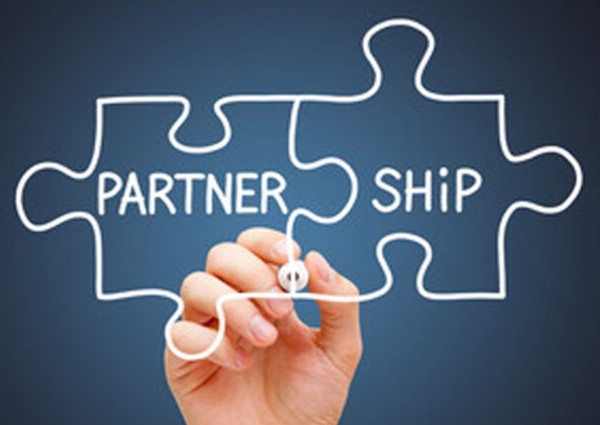 If, however, you are not prepared to invest hundreds of thousands of dollars in the enforcement of your patent rights, you will need a partner, and that comes in the form a Patent Assertion Firm. These are businesses that specialize in asserting patents against infringers on behalf of the patent owner. It is a highly specialized field, so there are less than 50 such businesses in the U.S.
If, however, you are not prepared to invest hundreds of thousands of dollars in the enforcement of your patent rights, you will need a partner, and that comes in the form a Patent Assertion Firm. These are businesses that specialize in asserting patents against infringers on behalf of the patent owner. It is a highly specialized field, so there are less than 50 such businesses in the U.S.
Just as IPOfferings can represent a patentee in the monetization of his or her or its patent by finding a buyer or licensee for the patent, IPOfferings can represent a patentee in the monetization of his or her or its patent by finding a Patent Assertion Firm to partner with the patentee in the assertion of the patent against its infringers.
There is another factor here that has to be considered at this point. Since the damages that can be collected by the infringed party are “reasonable royalties” (we covered this in the first installment of this series), there must be sufficient sales of the infringing product so the reasonable royalties will be enough to cover the litigation costs and still leave a profit. As a rule, there must be tens of millions of dollars of sales of the infringing product for a patent assertion campaign to be a viable undertaking. Sue an infringer that has generated $4 million in sales of infringing products, and if the reasonable royalty is 1%, that’s just $40,000 in damages, not nearly enough to cover the legal fees to sue the infringer in the first place!
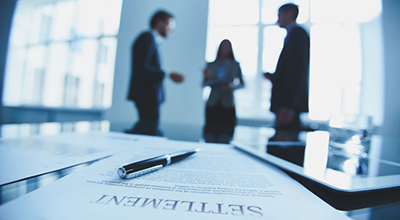 A Patent Assertion Firm (or PAF) will need to see the Claim Charts we covered in the last installment in this series. If the PAF believes that you have a valid claim of infringement and there are sufficient sales of infringing products to make the patent assertion campaign a profitable venture, it may decide to partner with you. We use the word “partner” because the patentee contributes the patent and the PAF contributes the legal and litigation fees along with the company’s expertise.
A Patent Assertion Firm (or PAF) will need to see the Claim Charts we covered in the last installment in this series. If the PAF believes that you have a valid claim of infringement and there are sufficient sales of infringing products to make the patent assertion campaign a profitable venture, it may decide to partner with you. We use the word “partner” because the patentee contributes the patent and the PAF contributes the legal and litigation fees along with the company’s expertise.
Should the PAF be successful, the revenue generated from the patent assertion campaign will be divvied up per an agreed-to formula among the Patent Assertion Firm, IPOfferings, and the patentee. The PAF needs to recoup its out-of-pocket expenses along with a reasonable profit, so it earns -as it is entitled to - a substantial share of any settlements and awards. And while the patentee receives just a portion of the total settlements and awards, the patentee risked no cash of his or her or its own.
Finally, if the patent assertion campaign is not successful – for any reason – the Patent Assertion Firm writes off all the expenses it incurred on behalf of the patentee, and the patentee owes nothing.
Next Time: What are the risks and potential rewards of a patent assertion campaign?
Remedies-at-Law for Patent Infringement – Part Five
Posted: 12/10/2021
This month we wrap up our series on patent infringement. First, however, here is a recap. We first addressed the remedies available an NPE (non-practicing entity) whose patent was infringed. An NPE is a patent owner who does not practice his or her or its patent – primarily independent inventors and universities. In the second installment we addressed remedies for Practicing Entities (or “Market Participants” as they are also known). These are businesses that own a patent, and manufacture and/or sell a product or service based on that patent.
The third installment in the series addressed what infringement is and, even more importantly, how you document that infringement, and the fourth segment addressed your options once you decide to enforce your infringed patent.
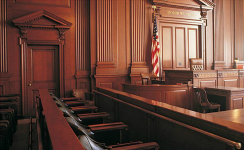 In this last installment, we address the process of asserting a patent and the possible outcomes of that effort. Once you have engaged a patent litigation law firm to represent you, or you have partnered with a patent assertion firm and the PAF has engaged a litigator, the next step is for the law firm to file a patent infringement lawsuit. Since patents are covered by federal law, patent litigation is filed in U.S. District Court.
In this last installment, we address the process of asserting a patent and the possible outcomes of that effort. Once you have engaged a patent litigation law firm to represent you, or you have partnered with a patent assertion firm and the PAF has engaged a litigator, the next step is for the law firm to file a patent infringement lawsuit. Since patents are covered by federal law, patent litigation is filed in U.S. District Court.
Once the lawsuit is filed, there are multiple communications and exchanges of documents between the plaintiff’s (the patent holder) and the defendant’s (the alleged infringer) attorneys. The defendant will immediately make the standard claim that (a.) they are definitely NOT infringing the patent and (b.) it does not make any difference because the patent is not valid.
Under what is known as “Discovery” both sides must show the other side any evidence they have. We find it hilarious when we watch a courtroom drama and an attorney presents a shocking piece of evidence that is a total surprise to the opposing attorney. That does not happen in the real world because both sides must disclose to the other side all the evidence they have before the trial.
It is likely that each side will depose (or question) the other side’s witnesses in what is known as a “Deposition.” Any witnesses that the plaintiff will call during a trial – such as the inventor – must be revealed to the defendant, and the defendant has the right to question the witness – usually in the law firm’s office – pre-trial. The purpose of the Deposition is to see exactly what the witness has to offer, but to also determine how effective a witness he or she will be.
 One strategy that infringers often use today is to try to invalidate the patent. This is done by requesting an ex partes review of the patent before the Patent Trial and Appeal Board (PTAB). If the review is granted, the lawsuit goes on hold. The plaintiff's and defendant's attorneys appear before the PTAB and argue the validity of the patent. The defendant will try to locate Prior Art that challenges the novel aspect of the patented invention. If the patent is invalidated by the PTAB, Game Over. There is NO patent to assert. If the patent is not invalidated, the original patent infringement lawsuit resumes.
One strategy that infringers often use today is to try to invalidate the patent. This is done by requesting an ex partes review of the patent before the Patent Trial and Appeal Board (PTAB). If the review is granted, the lawsuit goes on hold. The plaintiff's and defendant's attorneys appear before the PTAB and argue the validity of the patent. The defendant will try to locate Prior Art that challenges the novel aspect of the patented invention. If the patent is invalidated by the PTAB, Game Over. There is NO patent to assert. If the patent is not invalidated, the original patent infringement lawsuit resumes.
After motions have been filed, and there are various hearings, a trial date is finally set, and now it’s time for both sides to play chicken. Going to trial is a big risk for both sides. Either side could win big…or lose big. The result is that most patent infringement lawsuits end in an out-of-court settlement in which the infringer usually agrees to no wrongdoing, but also agrees to take a license under the patent and pay for both past and future use of the patent. An out-of-court settlement is the most desirable outcome since it is a final agreement among the parties, and both sides can walk away and go about their lives. Unless there are additional infringers to pursue – which there often are.
IF – and this is something most patent litigators representing the patentee will try to avoid – you have to go to trial, there are two possible outcomes: You can lose, in which case Game Over. Or, you can win, but it is almost a certainty that the losing side will file an appeal, and it can drag things out for months or years. Apple sued Samsung in the “Patent Trial of the Century” in 2012 and won. Samsung filed various appeals and the case was not finally settled until 2017, five years later! That is why an out-of-court settlement is best.
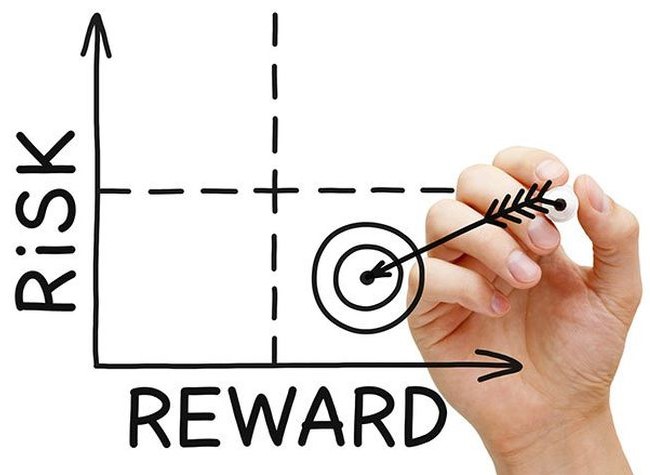 An out-of-court settlement typically has two parts. First, there is an amount that is agreed to that covers past infringement of the patent – theoretically what the royalty payments would have been over that period had the infringer licensed the patent in the first place. This is usually a lump sum payment. If the patent still has years to run, and if the infringer is going to continue to manufacture the infringing product, the infringer must take a license for the patent. This second half of the settlement can be paid in a lump sum or paid out in royalty payments for the life of the patent or for as long as the infringer continues to sell the infringing product.
An out-of-court settlement typically has two parts. First, there is an amount that is agreed to that covers past infringement of the patent – theoretically what the royalty payments would have been over that period had the infringer licensed the patent in the first place. This is usually a lump sum payment. If the patent still has years to run, and if the infringer is going to continue to manufacture the infringing product, the infringer must take a license for the patent. This second half of the settlement can be paid in a lump sum or paid out in royalty payments for the life of the patent or for as long as the infringer continues to sell the infringing product.
So, as you can see, patent assertion is a High Risk/High Reward undertaking. You face the double risks of having the patent invalidated by the Patent Trial and Appeal Board, and the risk of being forced to go to trial and losing. But if you and your legal team can prevail, and secure an out-of-court settlement, you could be looking at a considerable windfall. Patent infringement settlements can run into the millions – even tens of millions – of dollars!

